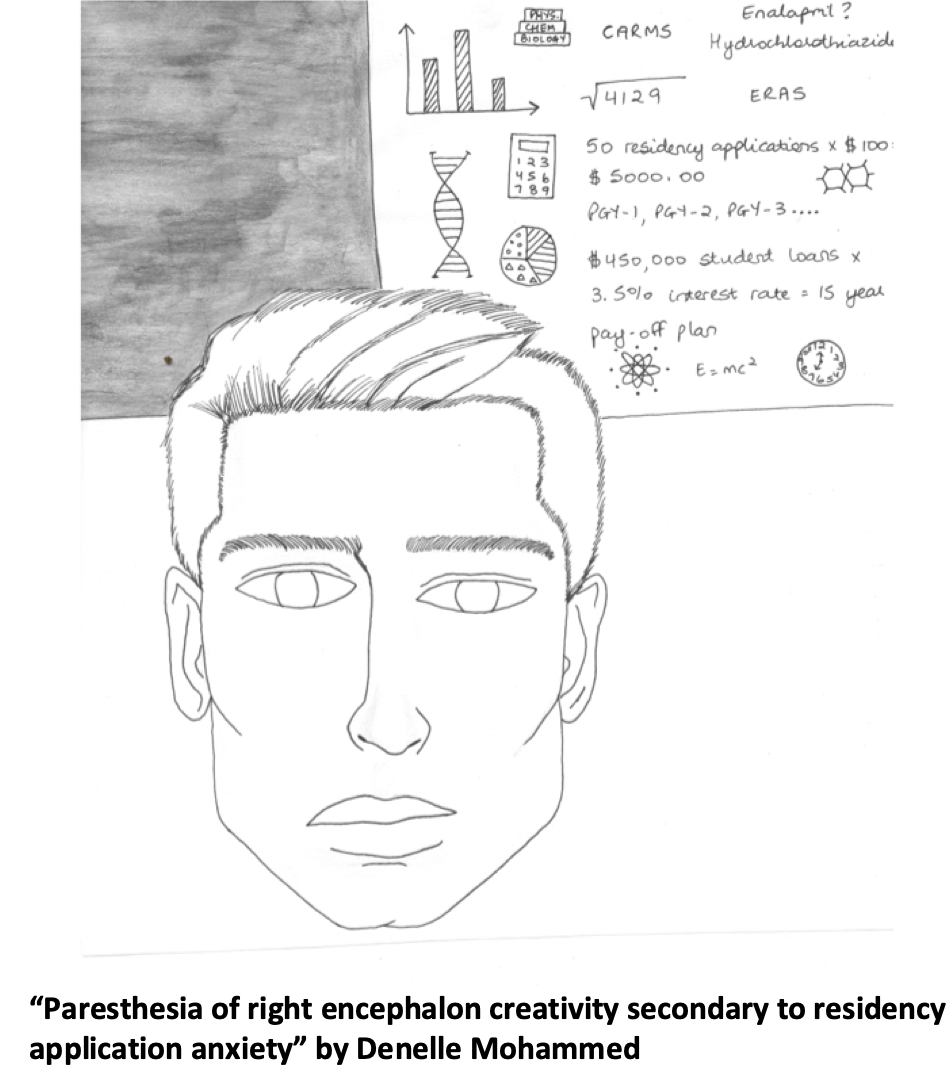Fundamental trends within falling match rates: Insights from the past decade of Canadian residency matching data
DOI:
https://doi.org/10.36834/cmej.69289Abstract
Background: The number of unmatched Canadian Medical Graduates (CMGs) has risen dramatically over the last decade. To identify long-term solutions to this problem, an understanding of the factors contributing to these rising unmatched rates is critical.
Methods: Using match and electives data from 2009-2019, we employed machine learning algorithms to identify three clusters of disciplines with distinct trends in match and electives behaviours. We assessed the relationships between unmatched rates, competitiveness, rates of parallel planning, and program selection practices at a discipline level.
Results: Across Canada, growth in CMGs has outpaced growth in residency seats, narrowing the seat-to-applicant ratio. Yet not all disciplines have been affected equally - a subset of surgical disciplines experienced a consistent decline in residency seats over time. Applicants to these disciplines are also at disproportionate risk of becoming unmatched, and this is associated with lower rates of parallel planning as quantified through clinical electives and match applications. This, in turn, is associated with the program selection practices of these disciplines.
Conclusion: Long term solutions to the unmatched CMG crisis require more nuance than indiscriminately increasing residency seats and should consider cluster specific match ratios as well as regulations around clinical electives and program selection practices.
Downloads
Downloads
Published
How to Cite
Issue
Section
License
Submission of an original manuscript to the Canadian Medical Education Journal will be taken to mean that it represents original work not previously published, that it is not being considered elsewhere for publication. If accepted for publication, it will be published online and it will not be published elsewhere in the same form, for commercial purposes, in any language, without the consent of the publisher.
Authors who publish in the Canadian Medical Education Journal agree to release their articles under the Creative Commons Attribution-Noncommercial-No Derivative Works 4.0 Canada Licence. This licence allows anyone to copy and distribute the article for non-commercial purposes provided that appropriate attribution is given. For details of the rights an author grants users of their work, please see the licence summary and the full licence.










